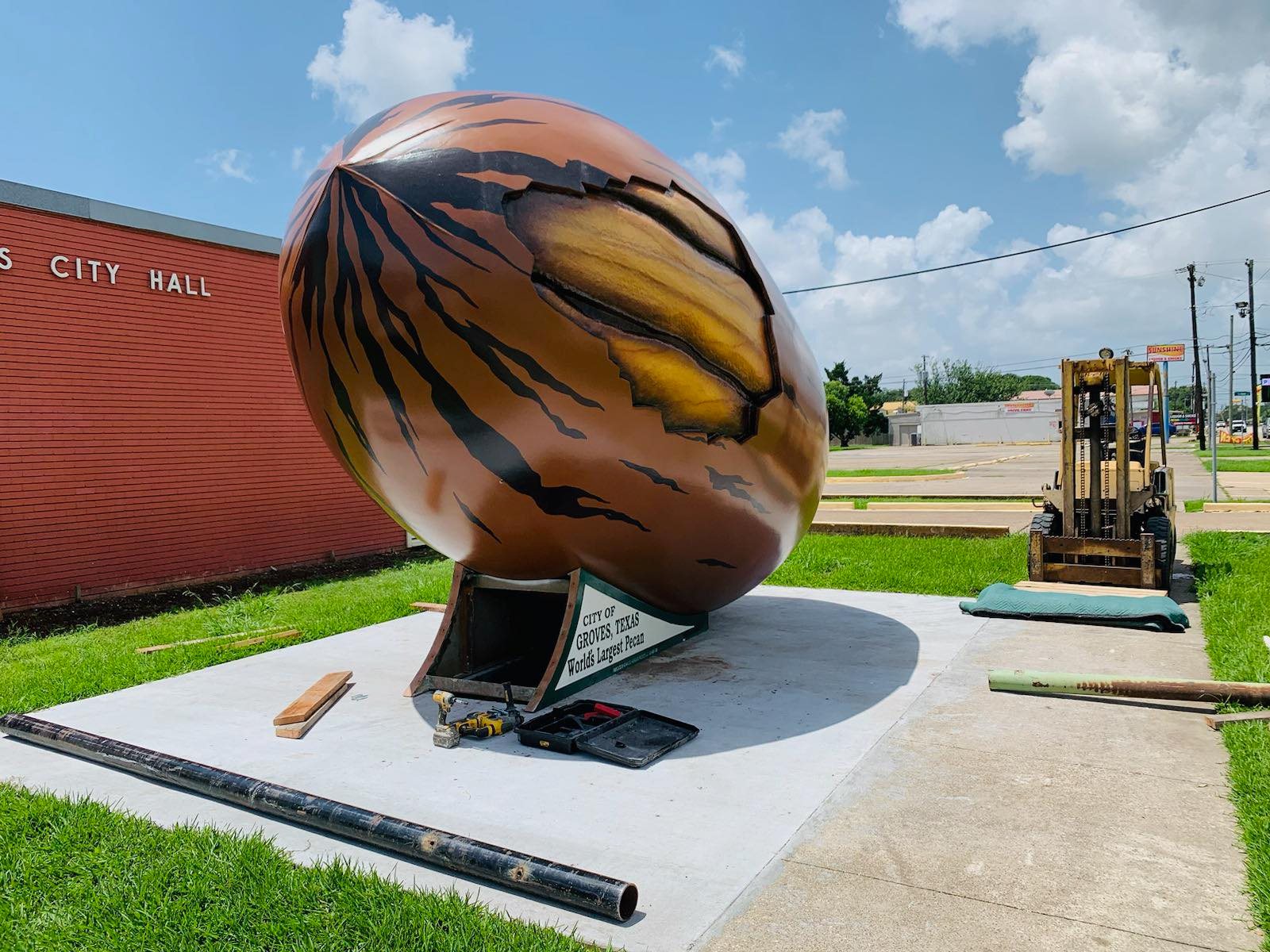MOORE OUTDOORS: Outdoors hoaxes commonplace on social media
Published 9:32 pm Wednesday, January 25, 2017

- Courtesy of Austin Stevens World renown snake expert and television host Austin Stevens says trick photography is the culprit for gigantic rattlesnake photos circulated on the Internet. (Courtesy of Austin Stevens)
How many Facebook and Instagram posts or forwarded emails have you seen in recent years that document huge fish, amazing game camera photos and various unique outdoors images?
I am talking about the ones that you can scroll down and see it has been forwarded a couple of dozen times already by the time it hits your inbox or winds up on your Instagram feed 10 different times with 10 different stories surrounding it.
I get them all the time and in almost every case find inaccuracies of some kind and in many cases outright hoaxes. We have addressed a few of them on these pages over the years.
But there is a whole lot more out there. Seemingly daily new fake wildlife stories pop up.
Recently a photo popped up on my Facebook timeline half a dozen times showing a strange looking creature that looked a cross between a frog and a turtle. Turns out it was a model of a prehistoric amphibian that was put into a natural setting.
A recent one involves a shot of a gigantic snake someone took along a highway. You can see part of the road in the photo and what looks like a garden in the background. The post on my Facebook wall denoted the giant snake was photographed in Louisiana.
The shot is somewhat grainy but it looks like a king cobra to me. These giants grow up to 18 feet in length and this snake has the coloring and posturing to match a cobra. Others have said it is a king brown snake from Australia. Either way, it was not taken in Louisiana.
Rattlesnakes are common fodder for Internet hoaxes with numerous photos circulating with photos of people holding what looks like humongous rattlers.
“I am often asked to comment about dead snakes in photographs being held up to the camera with exaggerated claims to their size. In these instances it is immediately obvious that the snake is extended close to the lens, making it look bigger, while the person holding out the specimen, usually on a pole, looks that much smaller in the back ground,” said Austin Stevens renown snake expert and host of “Snakemaster”.
“Claims of 15-foot rattlers being spotted have never been substantiated, and are ludicrous. Having said this, it is not unrealistic to imagine that in some uninhabited wilderness area where humans have not made their presence over abundant, there might still be unrecorded eastern diamondbacks in excess of 8.5 feet in length.”
These kind of wildlife urban legends started gaining momentum about 10 years ago when photos of men holding up gigantic catfish that looked to be flatheads (op, yellow cat) hit the internet in full force.
To add to the sensation, the taglines said the fish had been “noodled”.
Noodling which was illegal in Texas at the time is the practice of feeling around holes in the water and literally allowing flatheads to swallow your hand before wrestling them to shore.
The first of these emails I received said the fish was from Lake Texoma; the next had it somewhere in Mississippi and then it was Lake Livingston. Something was clearly wrong.
Upon close examination of the photo I realized the fish in question was not a flathead but a gigantic European species called a Wels.
Wels look very similar to flatheads at first glance but top out at around 10 feet, about twice as big as any flathead.
A little investigation led to be a Spanish outfitter named Dean Kennedy who had caught the fish posted the photos to his website. Apparently, someone thought it would be funny to steal them and distribute them around cyberspace labeling them as flatheads.
My wife Lisa and I ended up booking a trip with Kennedy in 2005 and traveled to Spain to catch Wels. Both of us landed fish measuring more than 7 feet in length and learned that Wels are a very aggressive and would pull an angler’s arm out of socket if noodled.
Every few months there seems to be a new state record speckled trout caught somewhere along the Texas coast. The first one I ever saw (probably 12 years ago) struck me as strange so I did a little research. Turns out the fish was not a speckled trout at all but a similar-looking fish called a corvine. These West Coast surf-dwellers get much bigger than specks. Others have simply shown extra-large trout held super close to the camera. This is a recurring them in web-based urban legends.
While big fish stories are popular Internet fodder, they are not the only phony ones out there. Many of them involved random wildlife photos.
Cougar photos are common sources of social media and email forward frauds.
Someone forwarded me a shot of a huge road killed cougar that was allegedly from the Winnie area. A week later I got the same photo and it was identified as coming from near Austin. Then a day or two later the same photo came through but it was labeled as having been hit in Oklahoma.
The cat looked too big to come from Texas, as our cats can grow big but nowhere near the size of the behemoths out West. As it turns out the cat was road-killed in the mountains of northwestern Arizona.
Another cougar photo shows one tailing a deer, and the first rendition I received had it coming from near Livingston and then in Colorado. The problem is the deer was a blacktail, not a whitetail or mule deer, so those two locations would be an impossibility.
How these photos are labeled as coming from so many different areas is baffling, but it seems to be a rule the longer the photo circulates, the more locations the subject hails from.
“Chupacabras” are a popular source of Internet hoaxes.
These creatures are allegedly a mysterious part flesh and blood/part paranormal creature that sucks the blood out of goats and anything else it pleases.
In Texas numerous coyotes and foxes with mange have been photographed and circulated as “chupacabras”. They do look strange especially since the canine teeth appear much longer without fur to hide them, giving them an almost vampire-like look. So far all of these creatures that have been examined by science have turned out to be canine, not paranormal.
Despite the frustration of dealing with the inherent dishonesty in some of the obvious hoaxes, I personally like getting the photos. It gets a little annoying after seeing the same photo of the same animal coming from a different location for the fifth time but it certainly kicks up my journalism instincts and inspires me to dig deeper.
There are however some legitimate, amazing shots circulating and to be honest it is kind of fun trying to figure out the truth of these modern day urban wildlife legends.
Everyone loves a good mystery.
•
To contact Chester Moore, email chester@kingdomzoo.com. You can hear him on “MooreOutdoors” Fridays from 6-7 p.m. on Newstalk AM 560 KLVI.





